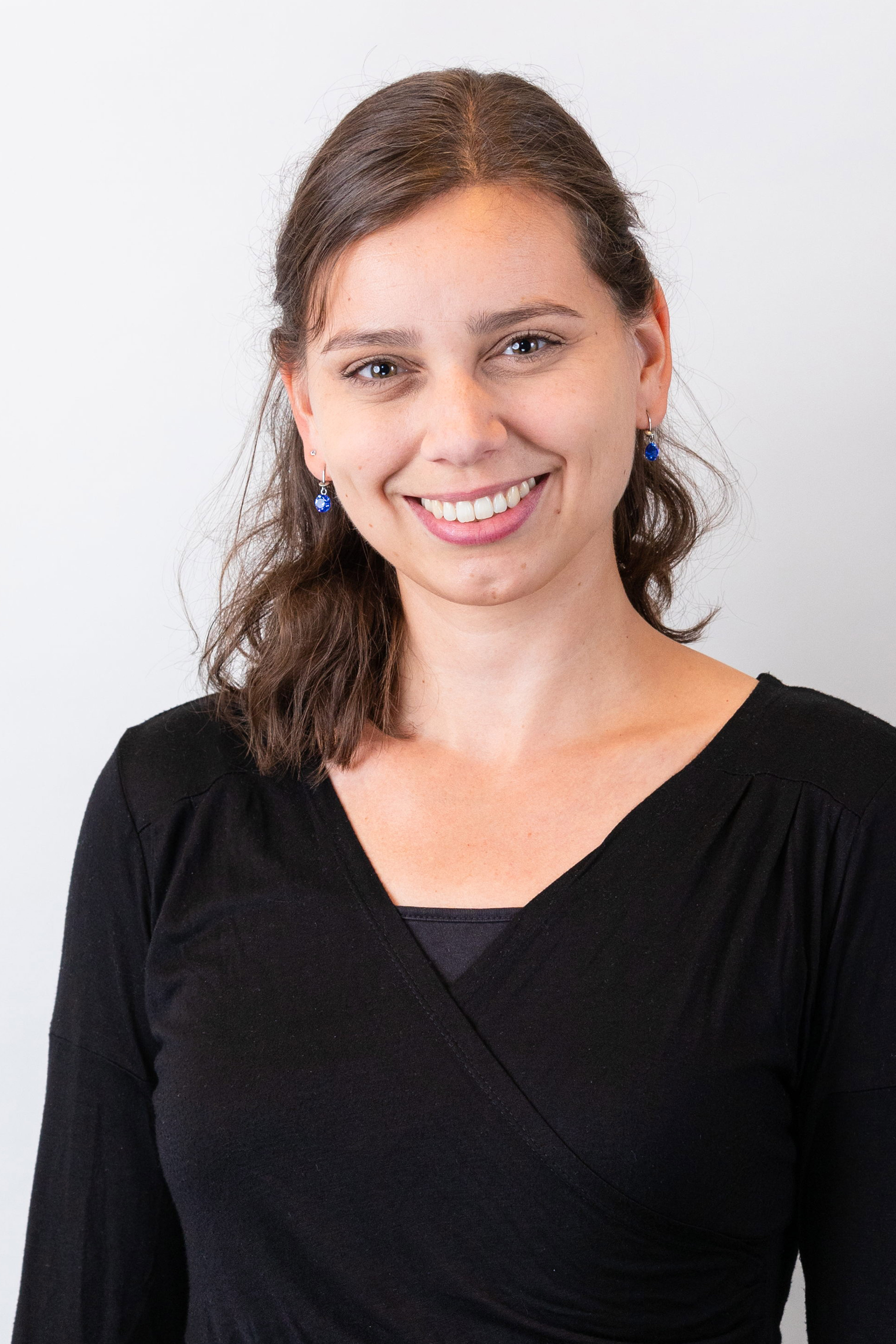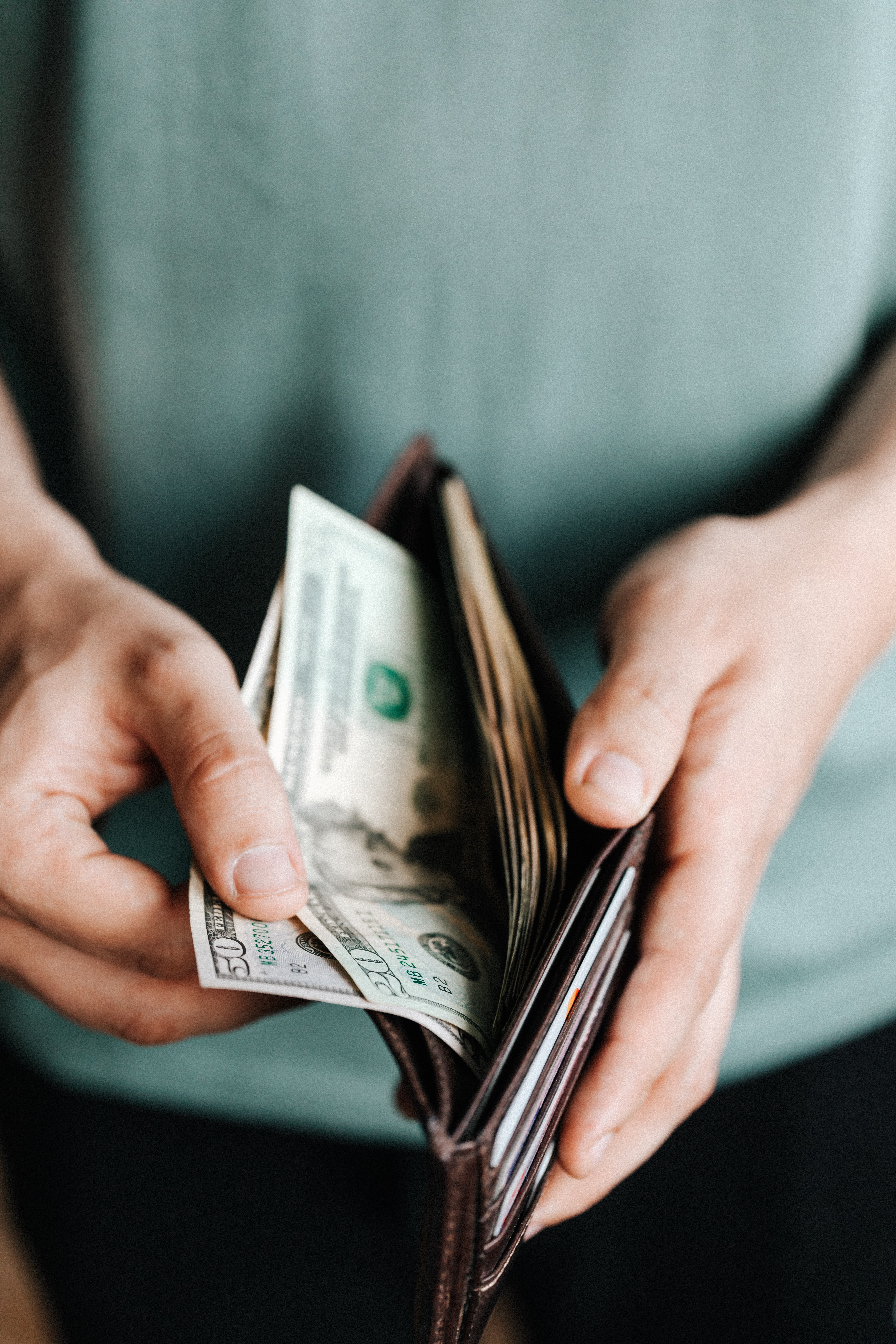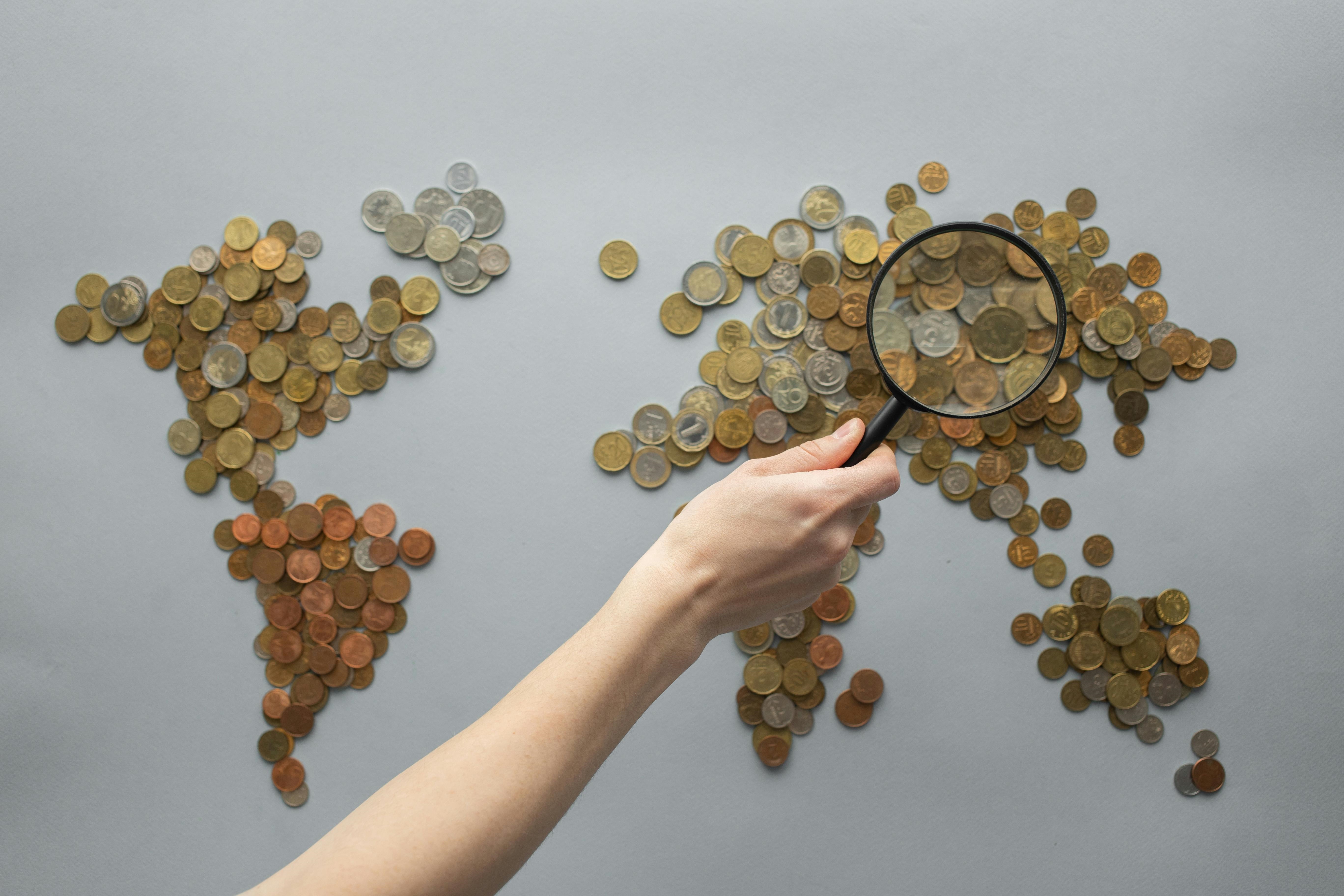Tools for experimentation - Helping businesses become sustainable
Businesses are trying to become more sustainable in a world with sustainability challenges like climate change, biodiversity decline and pollution. Project Circular X at the Maastricht Sustainability Institute helps companies that want to experiment with circular and sustainable business models. The team has developed several tools for circularity, sufficiency and regenerative business models.
Moving to a circular economy
We live in a linear economy. That means that most things we use, like a pen or the packaging of a sandwich, are made, used a few times and then thrown away. This is not sustainable because it creates a lot of waste but also because many things we build are made from resources that are limited on Earth. As an example, most plastic products are made from oil, a fossil fuel that lies buried under the ground in reserves. But these reserves are slowly being emptied. At the same time, plastic waste is a big problem in our oceans: many single-use products, such as plastic bottles and straws have washed into the water and are harming wildlife.
One solution to this problem is to set up a circular economy: instead of following the linear strategy of “make – use - loose”, a circular economy is about reducing, reusing and recycling. In a circular economy, products are made to be used a lot and for a long time. They are repaired, reused, shared and, if nothing else is possible, recycled into a new product. If businesses want to become circular, they can do that by using ‘loops’ or circles. They can close the loop (bring a material back for another use, for instance recycling it), narrow the loop (use materials more efficiently, so fewer resources are needed to produce an item) and slow the loop (use things for longer to avoid new production, for instance with reuse or repair).
At Maastricht Sustainability Institute, the Circular X team works with businesses that want to implement such circular strategies. These businesses want to build circular business models, which means that a company can create financial, social and environmental value through circular strategies such as repair or rental. To become circular, companies can experiment with these new business models, for instance by running a small-scale pilot or making some of their offerings circular. Examples can be IKEA’s secondhand resale corners or H&M trying out clothing rental. The Circular X team tries to help businesses to adopt circular business models and experiment with pilots. As part of that work, the team have developed a range of business tools, such as the Circularity Deck that helps companies think about different circular strategies in their own firm.
Three limits of circularity and how to address them
While many businesses are working towards circularity and the Dutch government even plans to make the whole country circular by 2050, there are also some limits to circular approaches.
Limit 1: Rebound effects
The first limit are potential unintended consequences when a business brings in new products or services for sustainability. In the worst case, these unintended consequences might work against the planned sustainability improvement. For example: a clothing business collects and resells its clothing secondhand at a lower price in order to reduce the overconsumption of clothing. The unintended effect might be that the lower price of secondhand clothing leads customers to buy more clothes than they usually would, again creating overconsumption. This is called a rebound effect. To avoid rebounds, companies have to carefully plan their new businesses. Circular X has developed a tool to help businesses find and avoid possible rebound effects in circular business models. This Circular Rebound tool was developed through trials with businesses and is publicly available on the Circular X website.
Limit 2: Overconsumption
Another limit of the circular economy is the amount of resources we consume. If everyone lived like the people in the Netherlands, we would need more than two planets. While the circular economy can help to reduce resource use, it is not enough. For example, even though governments across the world (e.g., China, the EU, Japan) are adopting circular strategies and businesses are working on circular business models, the world has become less, not more, circular in the past years (see the Circularity Gap Report). Despite more repair, reuse and recycling, we have also consumed increasing amounts and extracted more and more resources. Circular products, such as recycled materials, also often do not replace new materials but rather add on to the market. More available supply means that prices fall and this, in turn, leads to more consumption because the material is cheaper (-another rebound effect!).
Therefore, the second limit of the circular economy is the overall amount of things that humans consume. Since many businesses rely on product sales, they try to make customers buy as much as possible, even if they do not really need it. This means that more resources are used and more waste is created. An alternative would be to build the business model and circular strategies around sufficiency. Sufficiency is an intuitive idea: consuming enough to live well but not more than the planet can give. Businesses can support sufficiency through only selling products that meet real human needs, by boycotting discounts and unnecessary sales or by raising awareness about overconsumption. Over 160 examples of businesses that promote sufficiency through diverse strategies can be found in the “Business for Sufficiency database” tool on the Circular X website.
Limit 3: Damage already done
Finally, a third limit to the circular economy is that human production and consumption processes have already caused a lot of damage. Rainforests have been cut down, species are going extinct, water has been polluted. Circularity in businesses might help to make these things less bad but the existing damage is still there. One way to address it is to work on regeneration. Businesses can help regenerating the planet by changing the way they operate and trying to do more good rather than less bad. Examples of businesses that promote regeneration are being collected in a regenerative business database currently under development and will soon be available on the Circular X website.
Moving ahead: Towards strongly sustainable business
Companies can become more sustainable and adopt sustainable business models. However, some actions have a stronger impact than others. While many businesses become more efficient or try to produce using renewable energy, this is less impactful than adopting a circular, sufficiency-oriented or regenerative business model. Based on John Ehrenfeld’s idea that businesses should help to work towards flourishing in the long run, for both humans and other life on this planet, different business actions can be ranked for sustainability (see picture below).
On each of these levels, there are already businesses pioneering the work. To help other companies understand what the different levels might mean and how they can take up circular, sufficiency or regenerative actions, the Circular X team developed a game-based tool. The Road to Flourishing is a quiz game that helps businesses and business students to learn about the different levels and how companies work in them. The game was tested with businesses, students and researchers and improved to make it as useful and interesting as possible. The game will soon be publicly available through the Circular X website.
Making businesses sustainable
There are many ways businesses can help the world to become more sustainable. They can adopt circular and other, even more sustainable, business models, like sufficiency and regeneration. The Circular X research group has developed tools to help companies in their transition to sustainability.

This blog is authored by Laura Niessen, a PhD researcher at the Maastricht Sustainability Institute. Laura is part of the Circular X project that works on business experimentation for circular business models. Her research interests lie in how businesses can promote sufficiency and strong sustainability
Also read
-
Billions of dollars in foreign aid could be spent more effectively if international poverty statistics weren’t so inaccurate. Says Dr Michail Moatsos, Assistant Professor at Maastricht University School of Business and Economics.
-
Anecdotal evidence imply that what ones sees in a sausage factory cannot be unseen, and such an experience somehow takes away something from the joy that stems out of the carefree consumption of such delicacies. In this blog entry about the international poverty line’s maladies I don’t want to ask...
-
In the ever-evolving landscape of research and politics, the concept of purposive transformations has been growing in importance over the past years. However, the literature on transformations is diverse, lacking coherence, and necessitating better theorisation and cross-fertilisation. Typically...


